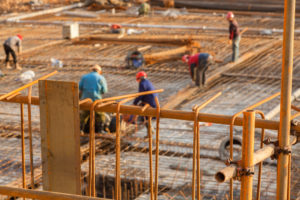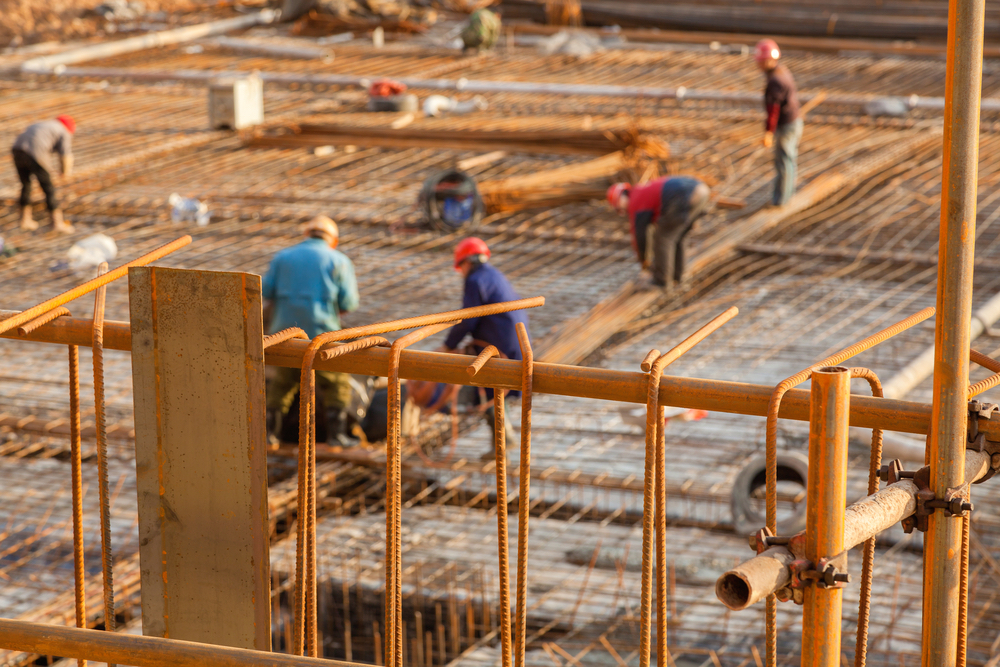
Risk shifting clauses are pretty commonplace in the construction industry. Of course, the goal is to move toward a Construction Payment Utopia. But for the time being, the construction industry is home to devices such as pay when paid and pay if paid clauses that push excess risk of nonpayment down the payment chain. As a general rule, pay if paid and pay when paid clauses are looked down upon by US courts, but they may still have effect depending on the jurisdiction or the specific language of the clause. It should come as little surprise that courts above the border aren’t big fans of them, either (well, at least in the Yukon).
For more on risk shifting consider this article: Construction Payment and Financial Risk.
Canada Doesn’t Like Risk Shifting Clauses, Either
First, some quick definitions…
Pay If Paid vs. Pay When Paid
Generally speaking, pay if paid clauses shift risk. They attempt to condition a party’s sending out payment on that party’s receipt of payment. In a nutshell: if the GC is never paid, the sub is never paid under a true pay if paid clause (this could really apply at any relationship along the chain, but I digress…). An obligation to send payments down the chain won’t even exist until payment is received. Courts do not like these clauses. Often, they will be converted into time shifting clauses.
Pay when paid clauses, on the other hand, typically work as time shifting devices. Under a pay when paid clause, there’s (usually) no question – payment is owed. Now, when that payment must come is what’s up in the air. If that payment never comes, unlike with pay if paid clauses, the (unpaid) party who is obligated to send payment down the chain will eventually be required to make that payment.
Hopefully that was helpful. If not, check out this Intro to Pay If/When Paid Clauses or this breakdown. We discuss them a lot.
Back to the Yukon
Of course, since we’re talking legal matters, it’s important to note that nothing is cut and dry. The definitions of these terms and mean different things in different places, but the ideas generally hold true: risk shifting mechanisms are disfavored while time shifting mechanisms may be given more leeway.
This difference becomes apparent when reading about a recent case: Cardinal Contracting Ltd. v. Seko Construction. In this case, the court determined that risk was not being shifted, but timing was. If you take a look at the case, don’t let the terminology trip you up.
The Court
The Supreme Court of Yukon determined that the following phrase was not a risk shifting clause, but only a time shifting clause:
Payments shall be made monthly on progress estimates as approved by the Contractor covering 90% of the value of the Work completed by the Subcontractor to the end of the previous month; such payments to be made 7 days after the Contractor receives payment for such Work from the Owner.
The court found, just as most US courts do, that the risk of nonpayment would not be shifted unless explicitly made clear in the contract. In fact, many US jurisdictions won’t allow pay if paid contracts even when explicitly made.
Construction Law Canada also has a great breakdown of the case. Again – don’t let the terminology trip you up.
Takeaway
It’s comforting (but not terribly surprising) to know that across our northern border, similar legal principles will hold true. However, unless prompt payment laws are present to eventually make sure payments are made, time shifting devices can be nearly as damning as risk shifting devices. In much of Canada, prompt payment laws have been M.I.A. With the passage of Ontario’s Prompt Payment Act, at least Ontarians will be protected by prompt payment laws.
Check out our Resources page for a virtual library on US construction law.



